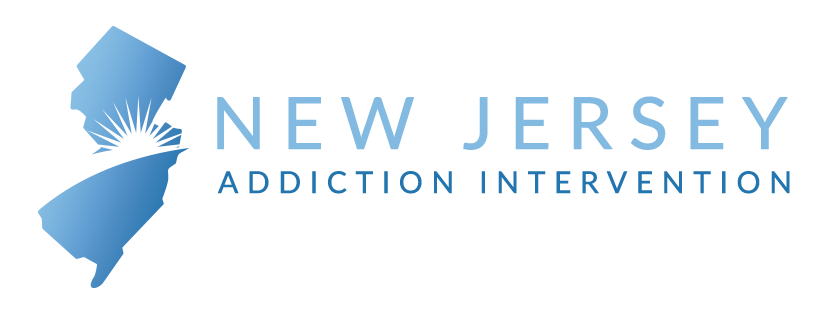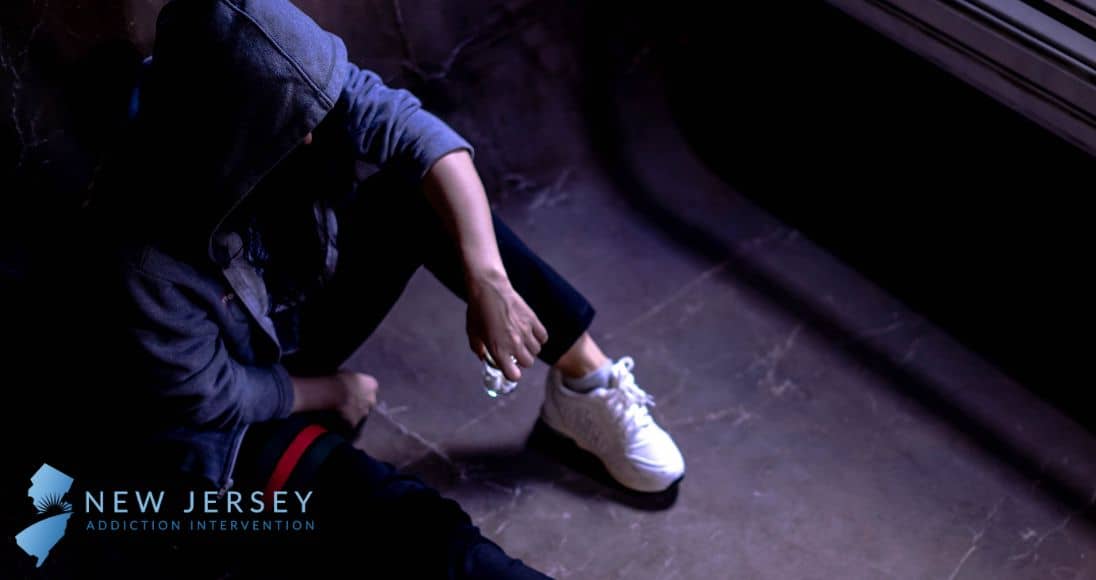Drug and alcohol addiction harms every aspect of a person’s life, from their mental and physical health to their families and broader communities. Choosing to get treatment can be life-saving and gives people a chance at a fresh start in life.
But the road to addiction recovery is not often easy or smooth. Many people realize that they need more help, treatment, or support to stay sober–and some do not manage to avoid using substances again.
Some people refer to any substance use in recovery as a relapse, but not all situations are the same. This article will explore the difference between a lapse and a relapse. Understanding the differences and similarities between these two situations can help you know what steps to take after they happen.
Reach out to the team of specialists at New Jersey Addiction Interventions to explore your treatment options or be connected to the support you need at any stage of recovery.
Lapse vs. Relapse: Understanding the Differences
A lapse and a relapse both mean that someone begins to use drugs or alcohol again after a period of abstinence. However, there are some key differences between a lapse and a relapse.
Lapse
A lapse–also known as a slip–happens when someone starts using drugs or alcohol and then quickly stops. A lapse is usually a one-time occurrence while a relapse is ongoing. A lapse is brief and generally doesn’t lead to addiction. People generally retain all the progress they’ve made during rehab and recovery until that point.
Relapse
A relapse is defined as a full-blown return to substance abuse and addiction. People who relapse lose the progress they’ve made in recovery and can no longer control their behaviors related to substance use.
When comparing a lapse vs. a relapse, it’s easy to see that a relapse is more destructive. But a lapse can lead to a relapse if ignored or dismissed. People who lapse must identify the cause of their lapse and take steps to stop it from happening in the future. This could mean expanding their support network, seeking additional treatment, or learning new skills to reduce stress and risky behaviors.
Causes of a Lapse vs. Relapse
In many cases, a relapse begins long before you take a sip of alcohol or use drugs again. Typically, a relapse occurs in stages.
Emotional stage
People may not consciously think about drinking or using drugs, but they may be experiencing strong, uncomfortable emotions that they don’t have the skills to cope with. Feelings like boredom, loneliness, anxiety, or neglecting self-care can be the first step toward relapse.
Mental relapse
People may feel nostalgic about their past substance use or begin to think about what it might be like if they started to use or drink again. They may consider how they’d get and use drugs or think about calling old friends who are still using.
Physical relapse
This is the stage where the relapse occurs. The physical stage of relapse includes all activities related to using drugs or drinking, such as driving to the liquor store or calling a dealer–as well as the actual substance use.
Lapse vs. Relapse: What Are the Risk Factors?
While anyone can experience a lapse or relapse in recovery, some risk factors make it more likely to happen. These risk factors or relapse triggers include:
- Unmanaged mental health conditions
- Spending time with people who drink or use drugs
- Having insufficient coping skills
- Low motivation to change
- Lack of social support
- Depression or low mood
- Being exposed to triggering places, people, or situations
- Poor sleep
- High stress
- Lack of professional treatment
- Low self-confidence or self-efficacy
Research shows that 40-60% people in recovery will experience at least one relapse, regardless of their risk factors. But having enough social support, healthy coping skills, good overall mental and physical health, and other factors can improve a person’s chances of learning from the relapse and moving forward in recovery.
Steps to Take After Relapse
A lapse or relapse doesn’t have to end your recovery journey. Instead, it’s essential to learn from the experience and move forward. Here are some steps you can take after a lapse or relapse to get your recovery back on track.
1. Stop using substances
Stop drinking or using drugs immediately. Remove yourself from situations where others are using substances. Your tolerance will likely be lower than before, and your risk of overdose is high.
2. Accept responsibility
Guilt, shame, or anger may make you want to blame others or outside forces for your relapse. Resist the urge to blame others. Take responsibility for the relapse, forgive yourself, and move forward.
3. Get help
A relapse is a sign that you need more treatment or support. Reach out to your medical providers, counselor, sponsor, or others in your support network and ask for help.
Find Help Now
A lapse or relapse can shake your confidence or feel like a setback. Contact the caring team at New Jersey Addiction Interventions if you or a loved one needs help finding a rehab center and getting back on track. We’re here to answer questions or help you explore your treatment options.
Medically Reviewed: May 8, 2023

All of the information on this page has been reviewed and verified by a certified addiction professional.

